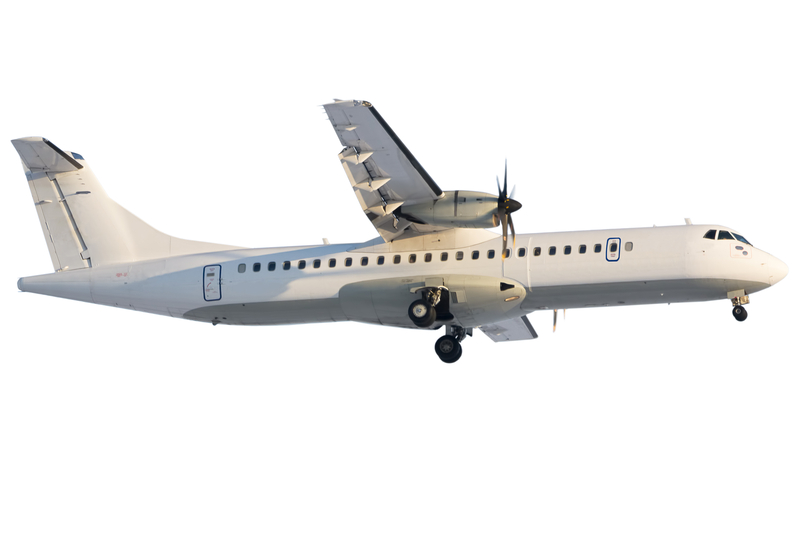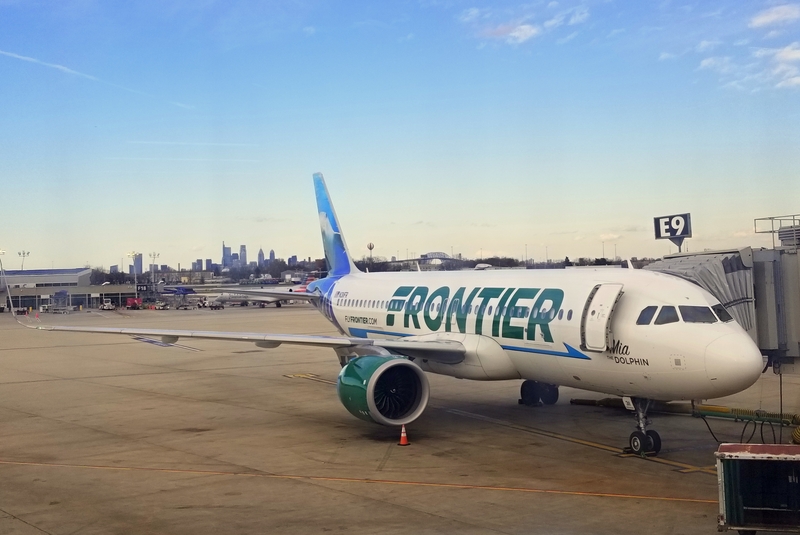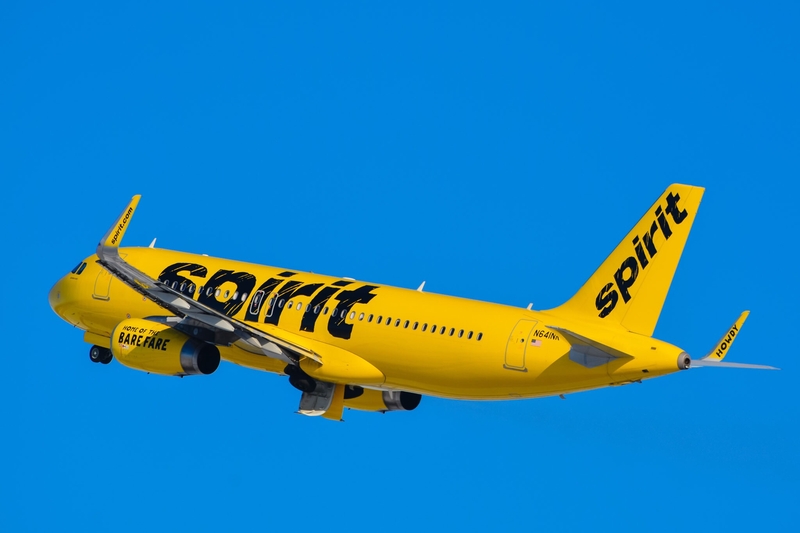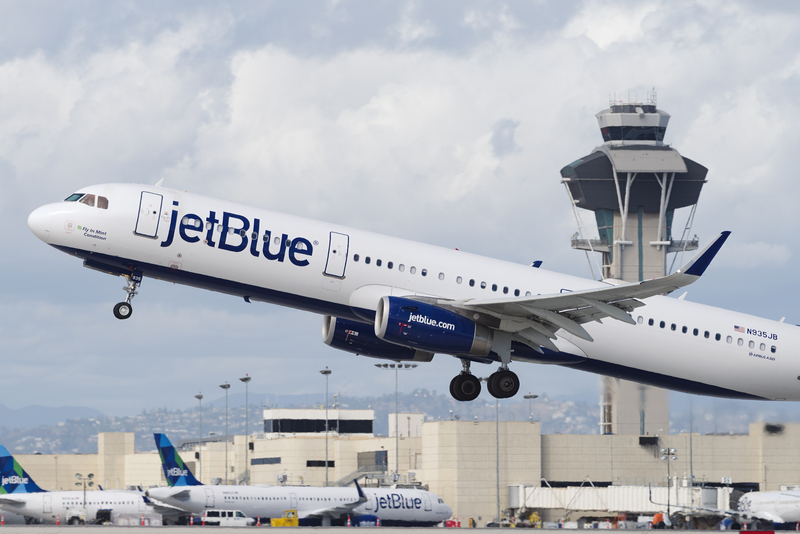Tragic ATR 72-500 Crash in Brazil: Investigators Point to Icing as Likely Cause

ID 24724047 © Gorbva | Dreamstime.com
In a tragic aviation accident, an ATR 72-500 operated by Brazilian regional carrier Voepass crashed near São Paulo, Brazil, resulting in the deaths of 62 passengers and crew members. Preliminary reports indicate that the aircraft, which was en route from São Paulo’s Congonhas Airport (CGH) to Joinville (JOI), encountered severe icing conditions shortly after takeoff. Early findings from Brazil’s National Civil Aviation Agency (ANAC) point to ice accumulation on the wings as a likely contributing factor, sparking widespread discussion on safety protocols and equipment requirements for flights operating in regions prone to icing.
The Flight and Accident Details
On August 15, 2024, Voepass Flight 223 departed São Paulo’s Congonhas Airport at approximately 10:15 p.m. local time. The ATR 72-500, a turboprop aircraft known for its reliability in short-haul regional operations, was carrying 58 passengers and four crew members. Approximately 25 minutes into the flight, the pilots reported abnormal vibrations and a decrease in lift. Communication with air traffic control suggested that the aircraft was struggling to maintain altitude, and within moments, the aircraft began a rapid descent. Tragically, the plane crashed into a forested area near Mogi das Cruzes, around 50 kilometers from its departure point.
Local emergency response teams quickly reached the crash site, but unfortunately, there were no survivors. The loss of life has prompted Brazilian aviation authorities and international experts to investigate the factors leading to the accident, with a focus on potential weather-related causes and equipment adequacy for icing conditions.
Early Findings: Ice Buildup on Wings
Preliminary investigations have pointed to ice accumulation on the wings as a primary suspect. Brazil’s ANAC and the French Bureau of Enquiry and Analysis for Civil Aviation Safety (BEA), given ATR’s French origin, are working closely on the investigation. The ATR 72-500 is equipped with de-icing systems, including heated leading-edge surfaces on the wings and propellers, designed to handle light to moderate icing. However, under extreme weather conditions, icing can overwhelm these systems and lead to a significant loss of lift and increased drag.
Investigators noted that the area near São Paulo experienced unusually cold and humid conditions that evening, which may have contributed to rapid ice buildup. Radar data and communication logs indicate the pilots attempted to climb to an altitude where icing would be less severe. Still, by that point, the accumulation may have already critically impacted the aircraft’s aerodynamic performance, causing it to stall.
The ATR 72-500: A Reliable Yet Vulnerable Regional Workhorse
The ATR 72-500, with its twin turboprop configuration, has a strong reputation for efficiency and reliability, particularly on short regional routes. With a capacity of around 70 passengers and a range suited to shorter distances, the ATR 72-500 has been widely used by regional airlines worldwide, especially in challenging environments. While the model is equipped with basic de-icing systems, it is not certified for operation in severe icing conditions, which is a limitation shared by many turboprop aircraft.
The model’s operational limitations have led some safety advocates to question whether regulatory authorities should reconsider de-icing standards for regional aircraft. The ATR’s history includes several incidents where icing was a contributing factor, though manufacturers have made significant efforts over the years to enhance the aircraft’s ability to handle icing through design upgrades and procedural changes.
Industry Reactions and Regulatory Implications
The accident has sent shockwaves through the aviation community, prompting a review of icing-related safety protocols, particularly for regional carriers operating in climates with fluctuating temperatures and high humidity. Brazil’s ANAC has indicated it may impose additional restrictions on flights that are likely to encounter severe icing conditions.
Regional airlines, including Voepass, are under scrutiny for their route planning and de-icing procedures. Safety experts are advocating for enhanced pilot training focused on recognizing and responding to severe icing conditions, as well as stricter pre-flight weather assessment protocols. Many within the industry believe this tragedy could lead to regulatory updates for icing certifications and the implementation of enhanced de-icing technologies on turboprops like the ATR 72-500.
Support for Families and Survivors
Voepass has offered condolences and support to the families of the victims, coordinating with local authorities to facilitate assistance and provide information. Brazil’s government has pledged comprehensive support for affected families, including compensation and grief counseling resources. In an official statement, Voepass expressed its commitment to cooperating fully with investigators to understand the factors leading to the accident and to implement any recommendations that emerge from the investigation.
Lessons for the Aviation Industry
The ATR 72-500 crash serves as a sobering reminder of the hazards that icing poses for aircraft, especially those designed for regional and short-haul routes. The incident underscores the need for ongoing vigilance, technological advancements, and regulatory adaptation to enhance flight safety in adverse weather conditions. With an increased focus on icing protocols, the aviation industry will likely see renewed attention on de-icing technology and operational guidelines for turboprops, particularly in regions susceptible to abrupt weather changes.
As investigators continue to piece together the sequence of events that led to this tragic accident, the findings may provide crucial insights into preventing future incidents under similar conditions. The loss of Voepass Flight 223 has reignited discussions on how the aviation community can better address the risks associated with icing, ensuring the safety of passengers and crew on every journey.





